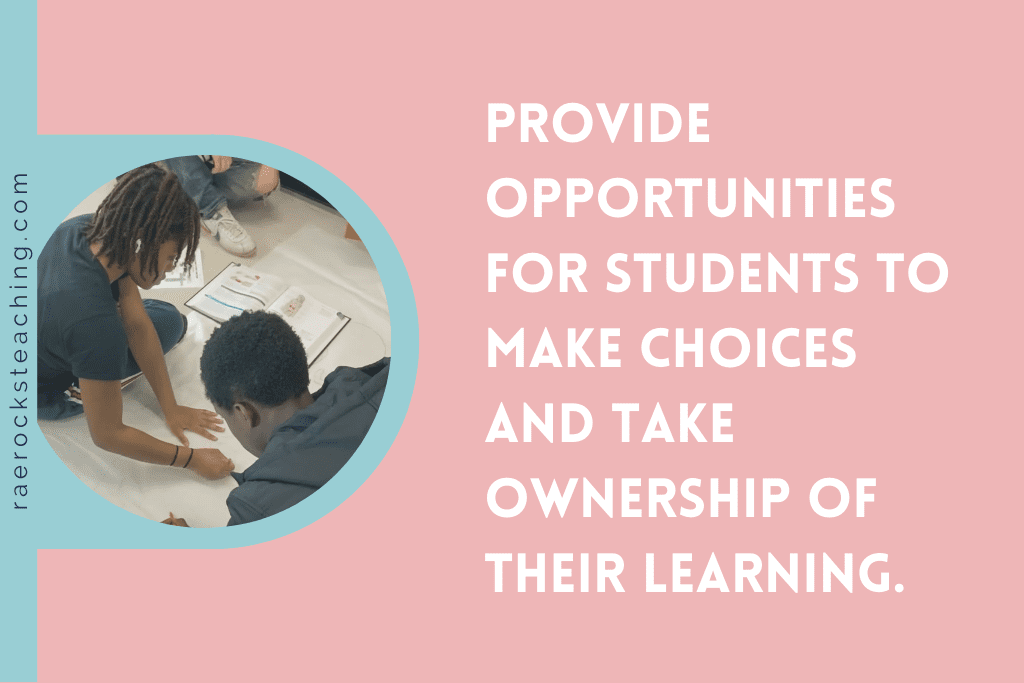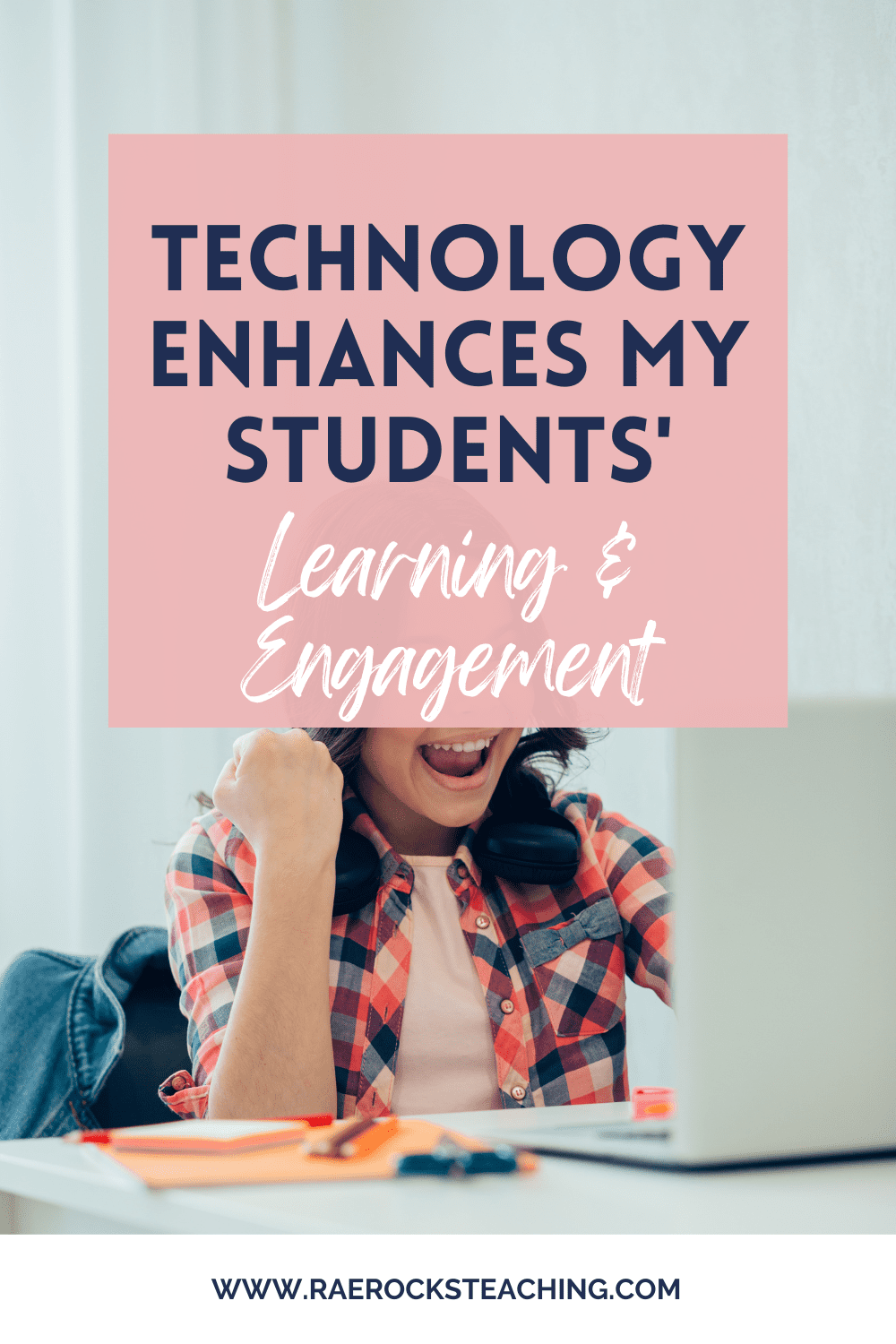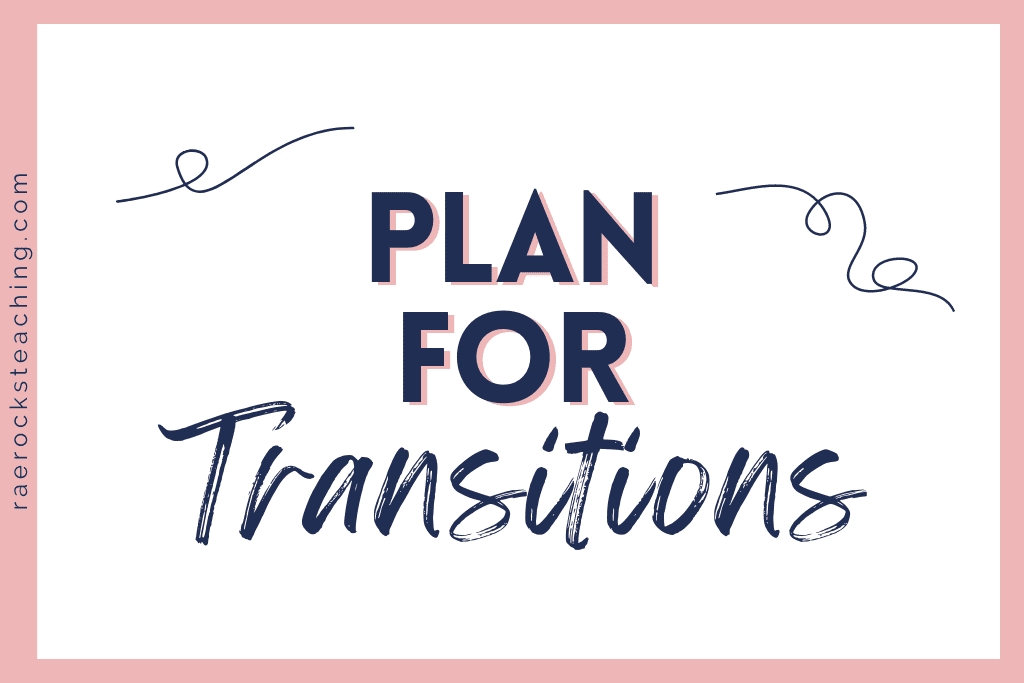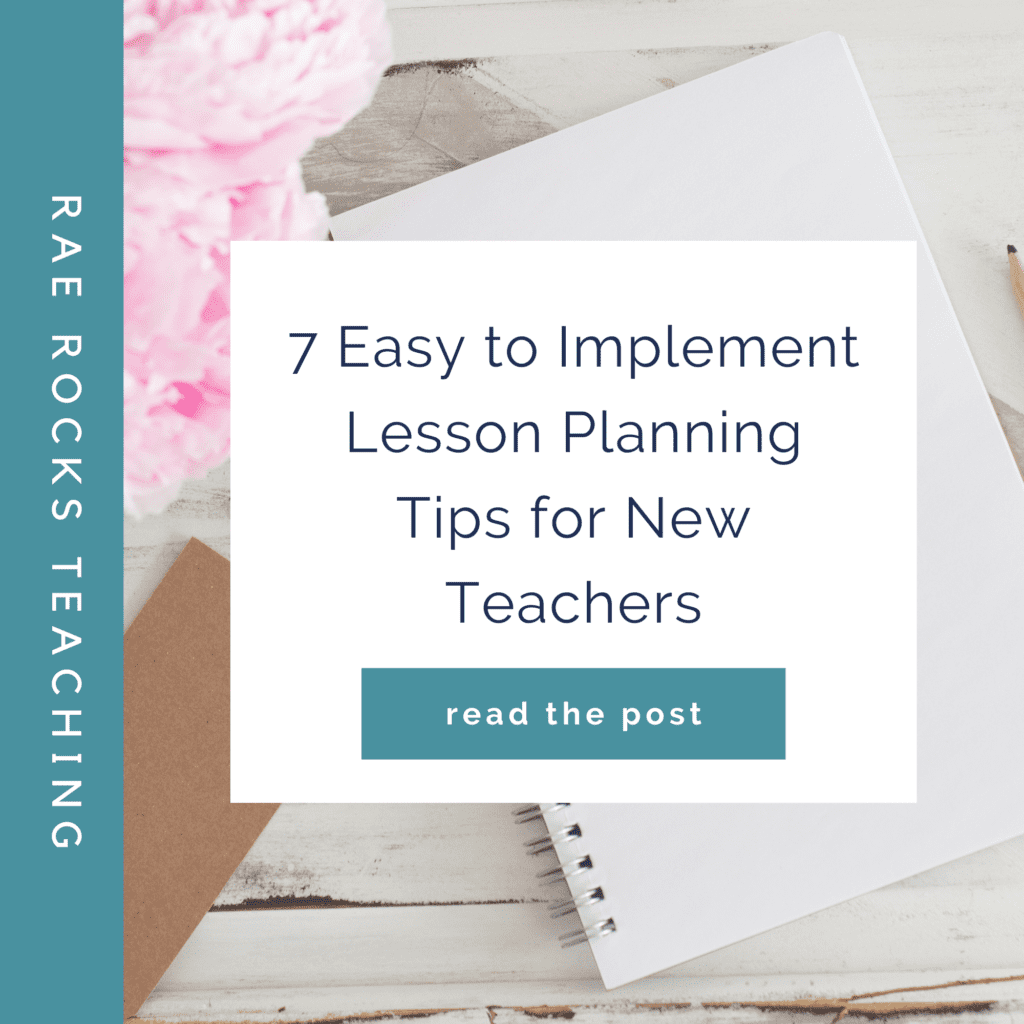Feeling overwhelmed by the prospect of creating engaging lesson plans for your first class as a teacher? You’re not alone, friend! Writing your first lesson plan can feel like a daunting task, and it can be difficult to know where to start. But with the right tools and strategies, you can become a confident, prepared teacher who can focus on what really matters, inspiring your students. In this blog post, you’ll learn 7 easy to implement lesson planning tips for new teachers that you can use to take your teaching to the next level.
So fasten your seatbelts, it’s time to get the lesson planning tips!
But first, Are you a new teacher looking to feel more confident leading the classroom? Teaching With Confidence is the answer! With our innovative approach to instruction, you’ll have the confidence to bring your teaching skills to the next level. Whether you’re just starting out or have decades of experience, Teaching With Confidence gives you the tools to succeed. Click HERE to find out more!
Lesson Planning Tips for New Teachers
Tip #1 | Start with the end in mind
Define clear learning objectives and outcomes for each lesson. This will help you stay focused and ensure that your students are on track to achieve the desired learning outcomes. This will also allow your students to see what is expected of them from the lesson or unit you are covering. It can help eliminate confusion of what they are supposed to be doing and learning while helping to keep you on track as well.

-
Save
Tip # 2 | Use a variety of teaching strategies
It is important to have variety in your lessons to help keep your students engaged. Incorporate a range of instructional strategies to accommodate different learning styles such as visuals, hands-on activities, discussions, and other techniques. This helps to keep them motivated and decreases their boredom. Try using stations, task cards, virtual assignments, projects, etc. in order to keep your students guessing and intrigued.
Tip # 3 | Build on prior knowledge
Try to find out what your students already know about the topic you are teaching. This can be as simple as asking them to tell you what they already know or you could do a KWL chart to further probe them. Discovering what your students already know about a topic gives you valuable insight so that you can connect new concepts to what they already know which helps them make sense of new information.

-
Save
Tip # 4 | Incorporate formative assessment
Use formative assessment techniques throughout the lesson to check for understanding and adjust instruction as needed. This will help you determine if students are grasping the material and make necessary adjustments to keep them on track. Formative assessments can be a variety of things such as a quiz, questioning the students, completing anchor charts, completing concept maps, etc. These are meant to be low stakes so that you are truly able to gauge what your students know and what they need more assistance with prior to their summative assessment, which is usually a test.
Tip # 5 | Allow for student choice and autonomy
Provide opportunities for students to make choices and take ownership of their learning. This can include choosing topics for research projects or selecting ways to demonstrate their learning. I would like to improve in this area because it does take a bit more work on our part. However, it is a great way to give kids a sense of ownership in their learning. Choice boards or Tic-Tac-Toe boards for projects and assignments can be a daily easy way to incorporate choice into your unit. This gives some structure while also remaining flexible enough to give students a say in what they are creating.

-
Save
Tip # 6 | Differentiate instruction
Ok, I do not claim to know it all in this area and it is something even I still struggle with after 17 years of teaching. You should strive to meet the needs of all learners in your classroom through your lesson plans. Adjust your instruction and materials (even slightly) for those students who may require additional support or need a challenge. I have given assignments to students that range in difficulty in order to suit their needs. Partnering with a special education teacher can be especially helpful as they could help you tweak some of your assignments in a more effective way.
Tip # 7 | Incorporate technology
Technology has been a gift and a curse in the classroom. The cell phones have become a huge distraction, but we have to learn to live with them because they are here to stay. Instead of trying to work against them, we need to use them for good. I love a good webquest or virtual lab because this type of technology enhances my students’ learning and engagement. This can include using educational apps, online resources, or multimedia tools to supplement what you are already teaching in class.

-
Save
Bonus Tip
Plan for transitions. I cannot stress enough the importance of having a plan for smooth transitions between activities. Right here is when new teachers fall into the trap because we are NOT taught this type of classroom management stuff in college. This is where students start getting into mischief if there is not a clear action plan of what they should be doing during this time and how long it should take them. When moving from one activity to another, have a clearly written plan on the board and explicitly explain it. This will decrease the number of situations that arise and keep students engaged during transitions.

-
Save
Having a well-organized lesson plan is essential for you to have a successful school year. You should take the time to develop a plan that meets your students’ needs, takes into account their learning styles, and incorporates elements of fun. Doing so will create an effective learning environment and create an atmosphere of collaboration and engaged learning. With these lesson planning tips for new teachers, you can create lessons that will help your students reach their highest potential and become successful in the classroom.
Don’t forget to Sign up for the Teaching with Confidence Cohort Waitlist!

-
Save
I love sharing helpful content with y’all and would love to connect on IG or Facebook. I’m on TikTok too! Follow me and send me a DM with what you need more of because I’m here to help! If you are looking for even more inspiration, find me on Pinterest!
Wanna read more?
8 Tips of How to Have Confidence Teaching in the Classroom
3 Strategies to Teaching High School Anatomy and Physiology
Share via:









